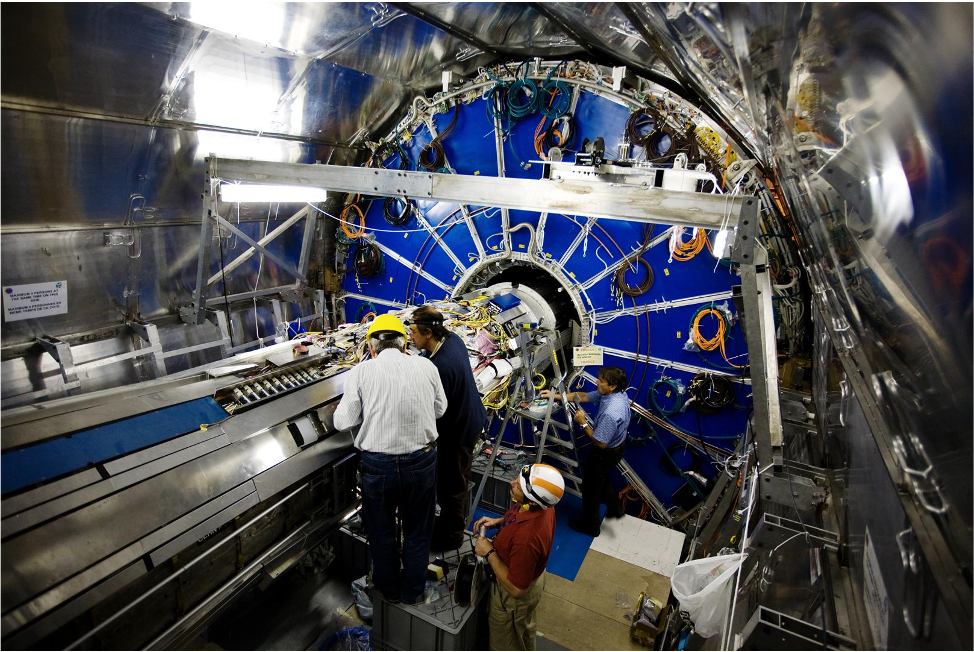Inner Tracking System 1

The Inner Tracking System (ITS) during LHC Run1 and Run 2
The main tasks of the ITS are to reconstruct the primary and secondary vertices, to track and identify charged particles with a low pT cutoff and to improve the momentum resolution at high pT. The description below refers to the ITS used during the first ten years of operation of ALICE.
The Inner Tracking System (ITS) of the ALICE experiment is made out of six layers of silicon detectors exploiting three different technologies (pixel, drift and strip). It covers the central pseudorapidity range of |η| < 0.9 and its distance from the beam line range from r = 3.9 cm for the innermost pixel layer up to r = 43 cm for the outermost strip layer. The main tasks of the ITS are to reconstruct the primary and secondary vertices, to track and identify charged particles with a low pt cutoff and to improve the momentum resolution at high pt.
Technical Details
Each layer has hermetic structure and it is coaxial with the beam pipe. The ITS covers the pseudorapidity range |η|≤ 0.9 and the distance from the nominal beam line ranges from 3.9 cm for the innermost layer up to 43 cm for the outermost. The two innermost layers are made of Silicon Pixel Detectors (SPD), the two central layers of Silicon Drift Detectors (SDD) and the two outermost layers of double sided Silicon Strip Detectors (SSD). The ITS has the main purposes of providing both primary and secondary vertices reconstruction and of improving the ALICE barrel tracking capabilities in the vicinity of the interaction point. Furthermore, as a standalone tracker, the ITS recovers particles which do not reach or are missed by the external barrel detector, due to acceptance limitations and momentum cutoff.
Performance
The performance is crucial to measure the vertices of secondary tracks originates from the weak decays of strange, charm and beauty particles, which are located close to the collision vertex. Secondary vertices separated by at least 100 μm from the primary vertex can be distinguished.
The SPD tracks selected within a window are combined to extract the vertex position. This method is used to monitor the interaction position quasi-online at the early stage of the tracking procedure and to measure important first-physics observables, for example, the charged particle multiplicity density at midrapidity. A second method - that reaches a better resolution - is applied at the end of the tracking procedure; it is based on the straight line approximation of the reconstructed tracks in the vicinity of the vertex.
